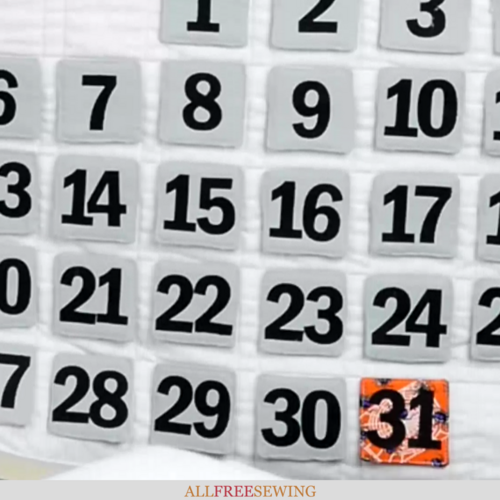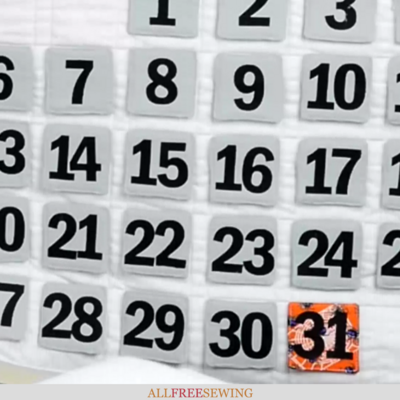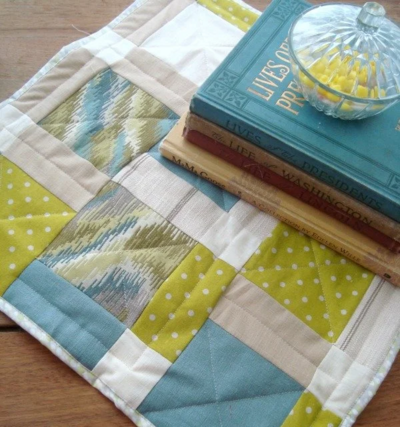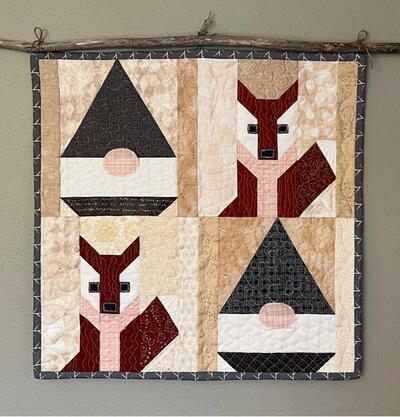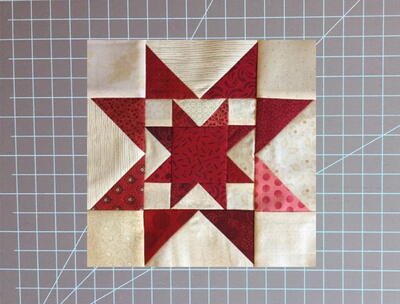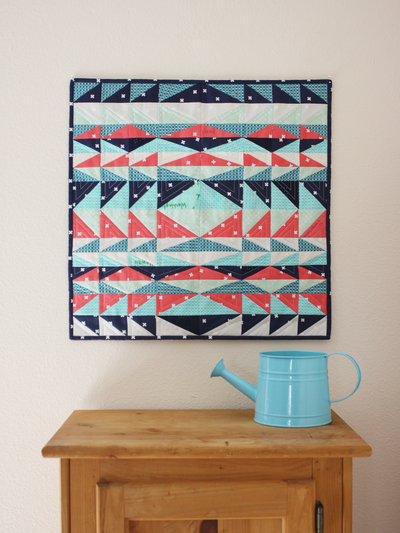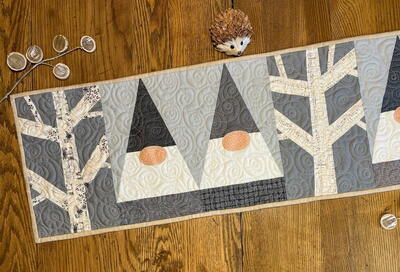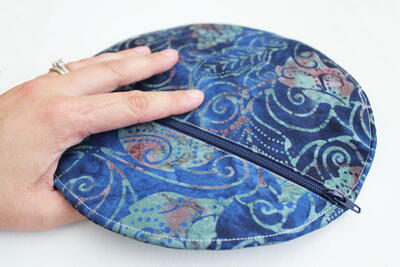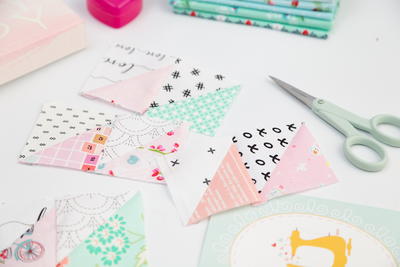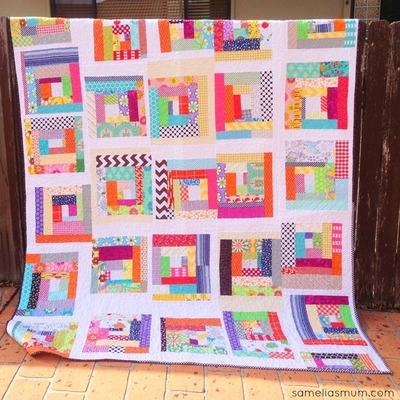Quilted Wall Calendar (Video Tutorial)
Make your own DIY wall calendar that's also a quilt! It's a creative way to keep track of your days, months, and years.
This adorable quilted DIY calendar is so perfect for creating a really easy personalized calendar to show off to all of your friends.
With our exclusive video tutorial, you'll learn exactly how to make this Quilted Wall Calendar that can be used over and over again.
Whether you want to make this as a functional homemade gift, or you want to a reusable calendar because you don't want to keep dropping money on other ones, then you will love this sewing project.
Plus, this has a super easy-to-follow sewing video with it, so that you can watch what you are supposed to do. This way you will have no confusion while quilting this DIY calendar and it will turn out so cute!
Sign Up For More Free Patterns
Quilted Wall Calendar Materials Needed:
- Velcro (the sew-on kind)
- Rotary cutter
- Ruler
- Basting spray
- Heavyweight fusible, or fusible letters
- Fabric
- Cutting machine, or iron-on numbers and letters
- Batting fusible fleece
- Water-soluble pen
- Dowl for hanging
Project Type: Make a Project
Time to Complete: In an evening
Sewn By: Machine
Quilted Wall Calendar Video Tutorial:
Watch and learn how to make this fabulous fabric calendar with our video tutorial right below. Simply press the play button and Carolina will walk you through the materials needed and how to make it.
Quilted Wall Calendar Instructions:
- Cut two 17-1/2 x 19-inch pieces, one 21-1/2 x 23-inch piece, and two 3 x 3-inch squares.
- Choose one of your 17-1/2 x 19-inch pieces to be the pocket on the back of your calendar and press it in half. You can also press the 3 x 3-inch squares into triangles.
- Using your water-soluble pen, mark the top of your calendar, the other 17-1/2 x 19-inch piece, with lines.
Starting horizontally, mark a line 3/4 of an inch from the top. The next line is 1-1/2 inches below that, then a line two inches lower, make four more lines with 2-inch gaps between each.
Vertically make a line 3/4 of an inch over, then a 2-inch gap, half an inch gap, 2-inch gap, half an inch gap, for the rest of your lines.
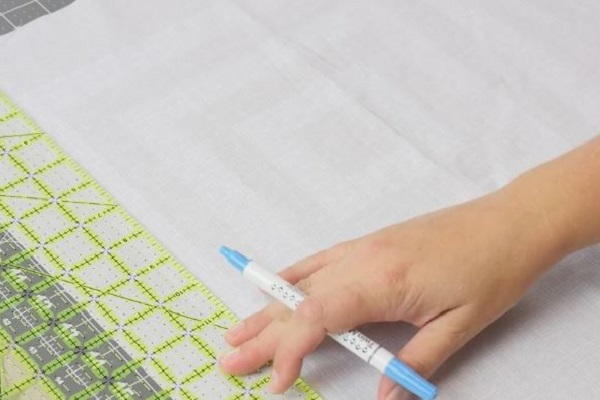
- Once you finish your lines, you are going to put the batting inside. Put your backing down face up, your batting in-between, and your top will go on top. Baste using your method of choice.
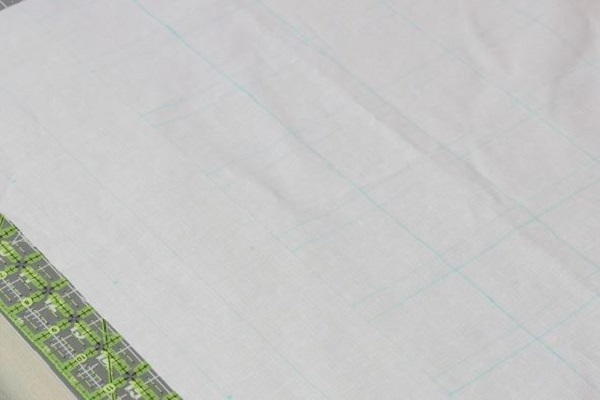
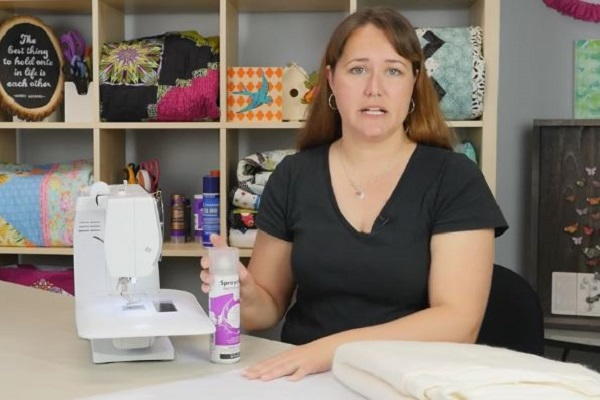
- Use the soft fuzzy part of your Velcro and line up with each of your lines. Cut the Velcro to fit the lines.

- Stitch the Velcro on top using your machine.
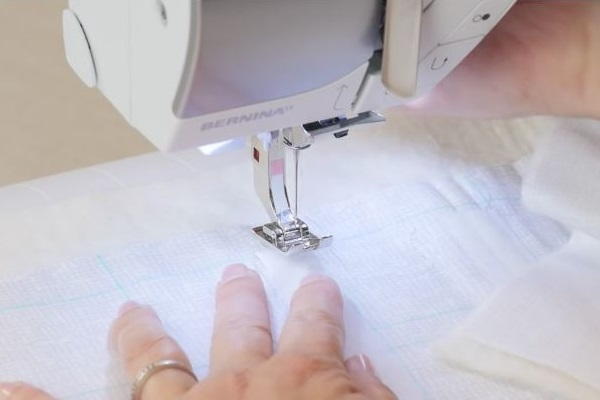
- Go all the way back off the top of the quilt and start stitching. Hold your Velcro as you come up to sew it.
If the Velcro tries to move, simply raise your walking foot, put it on top of the Velcro, lower it, and continue to stitch. Stitch all the way to the end and off the edge of your top.
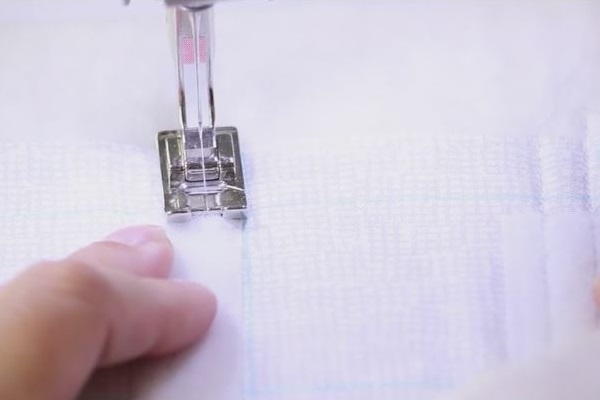
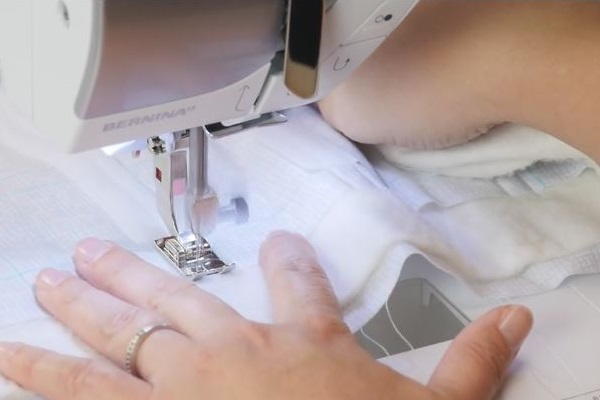
- Add a second line of stitch below that to keep your Velcro securely in place.
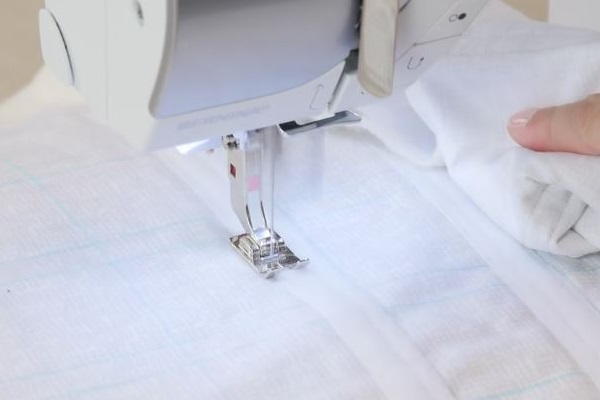
- Repeat with all of your Velcro pieces.
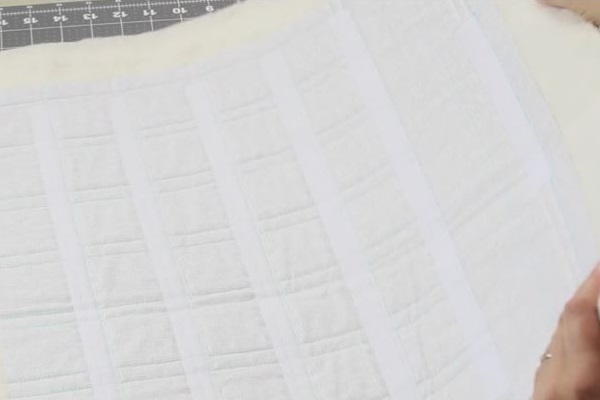
- Trim off all the edges by lining up your ruler and cutting off the excess with your rotary cutter.
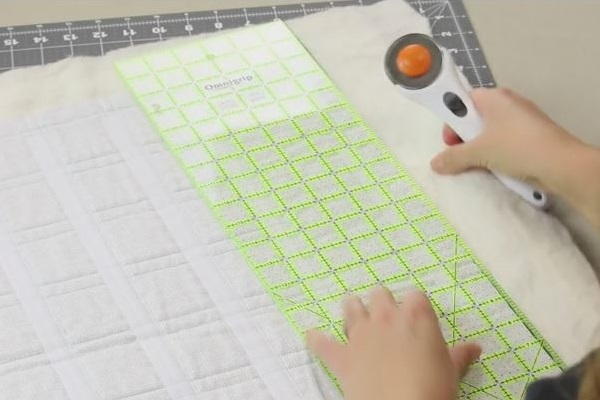
- Add the pocket to the back of your calendar. Turn your quilt over, and match up the pocket with all of your raw edges. Base about 1/8 of an inch away from the edge, and base all the way around. Then, bind it with whatever method you'd like.

- You can use a plain fabric to make your squares that the numbers on your calendar will go over. Or, for special occasions, you can use decorative fabric.
Cut your fabric into 2-1/2-inch strips, and your fusible fleece into 2-inch strips. Then, sub-cut your fabric into 2-1/2-inch squares of fabric and 2-inch squares of fusible fleece.
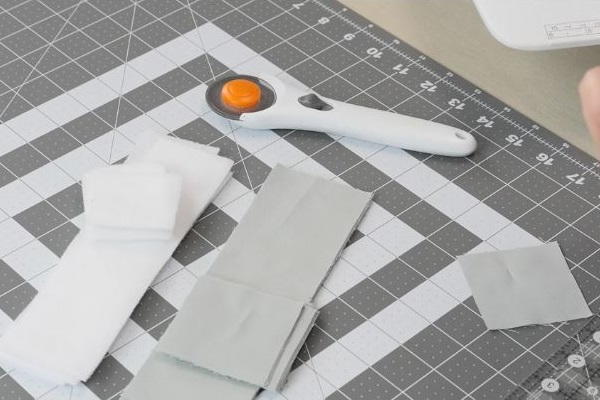
- Use the hook part of your Velcro, and cut that into 2-inch segments.
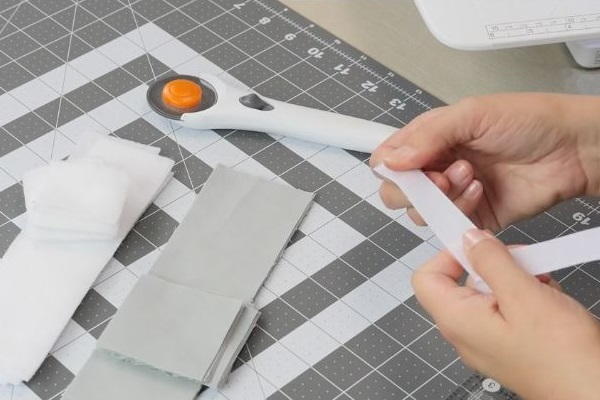
- Find the fusible side of your fusible fleece and attach it to the wrong side of your fabric. Leave a 1/4-inch margin all the way around bare when you fuse it down.

- Take the hook portion of your Velcro and sew it onto the back of your fabric, measuring 1/2 of an inch down (from end to end). Then repeat on the bottom.
Note: A regular sewing foot works but a walking foot makes this process easier.
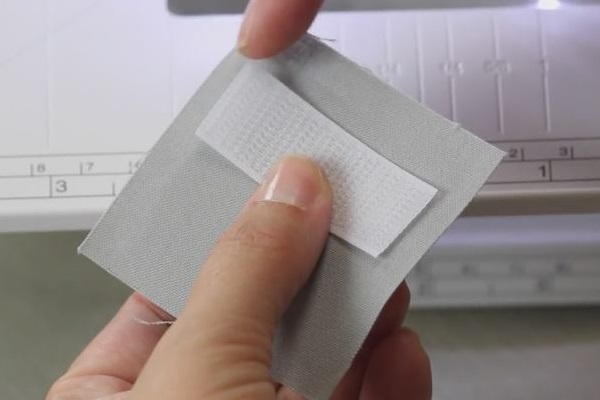
- Place a plain piece of fabric right side down on top of the velcro. Sew that piece of fabric onto
the Velcro and stitch all the way around with a 1/4-inch for each side. Leave a small hole on one of the ends.

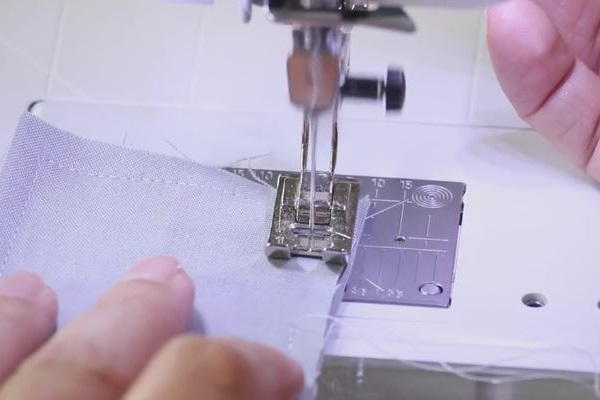
- Clip the corners of the square to reduce the bulk, but only slightly. Do not clip any of your stitching.
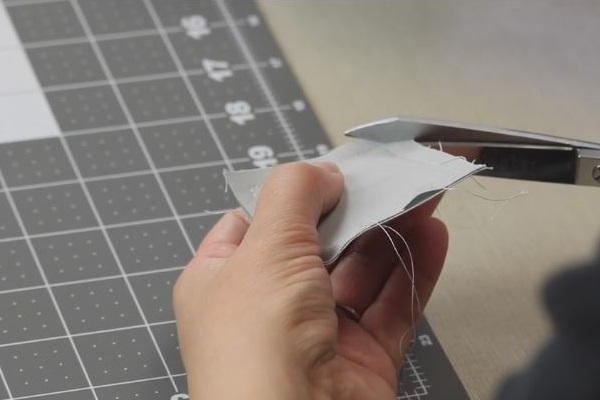
- Using that hole you left when you were sewing turn this piece right side out. Grab a dull-ended object and poke out your corners.
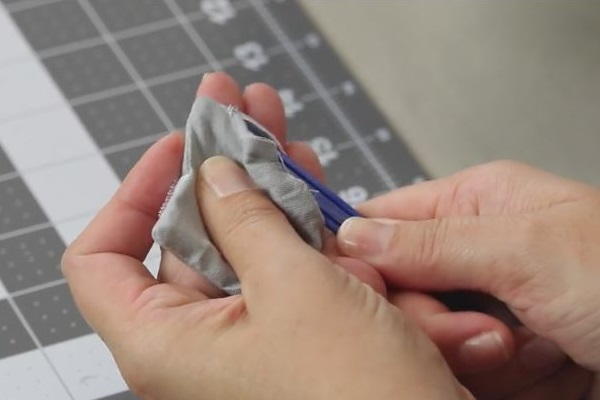
- To close up that hole, place it under your presser foot, and edge stitch all the way around. When you get to an end, put your needle down, presser foot up, turn 90 degrees, and continue to stitch.
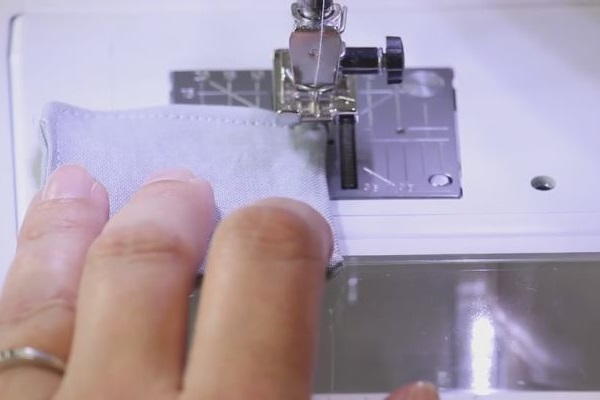
- Place the number on top of the square and iron the number onto the square.
- Repeat this process for all of your numbers. When repeating this process for your months use a long rectangle to fit the name of the month on it, instead of the small square.
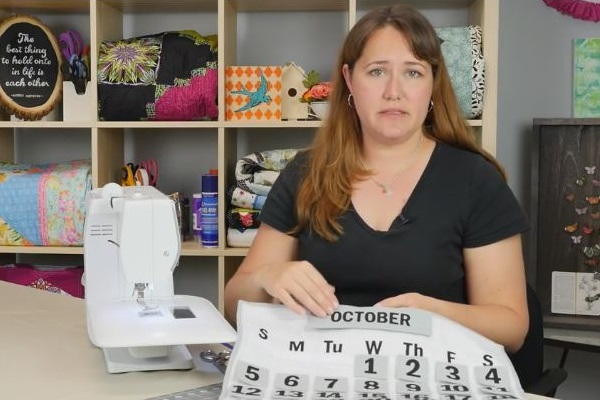
- Keep all of the extra months or days inside the pocket on the back of the calendar.
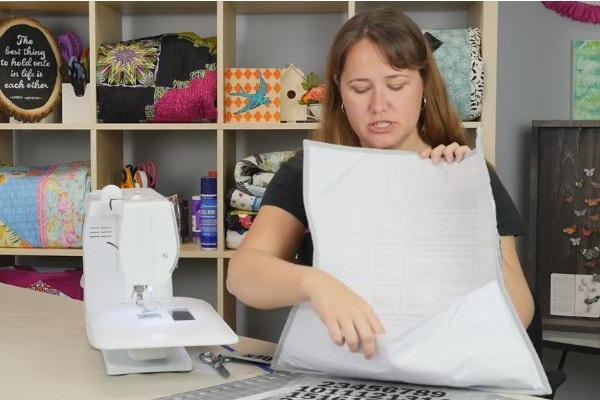
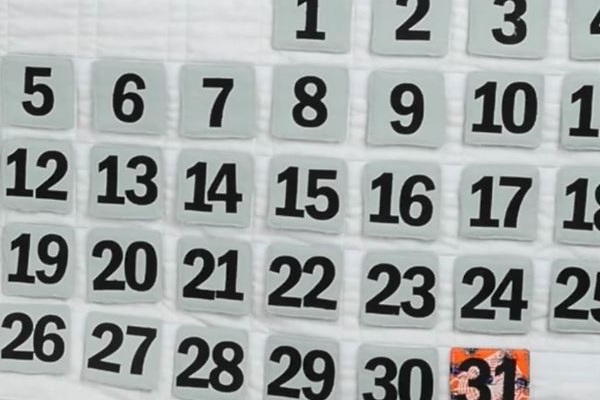
Want More?
How to Design a Quilt >>>
What's your favorite month?
Let us know in the comment section!
Read Next16 Perfect Patterns for Baby Quilts

